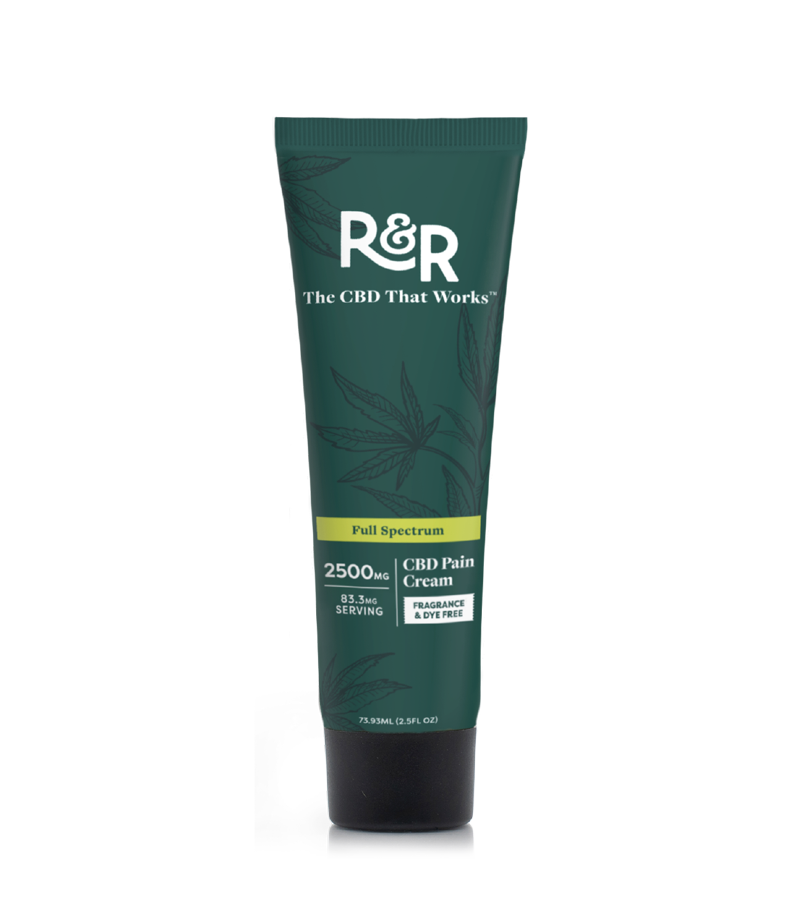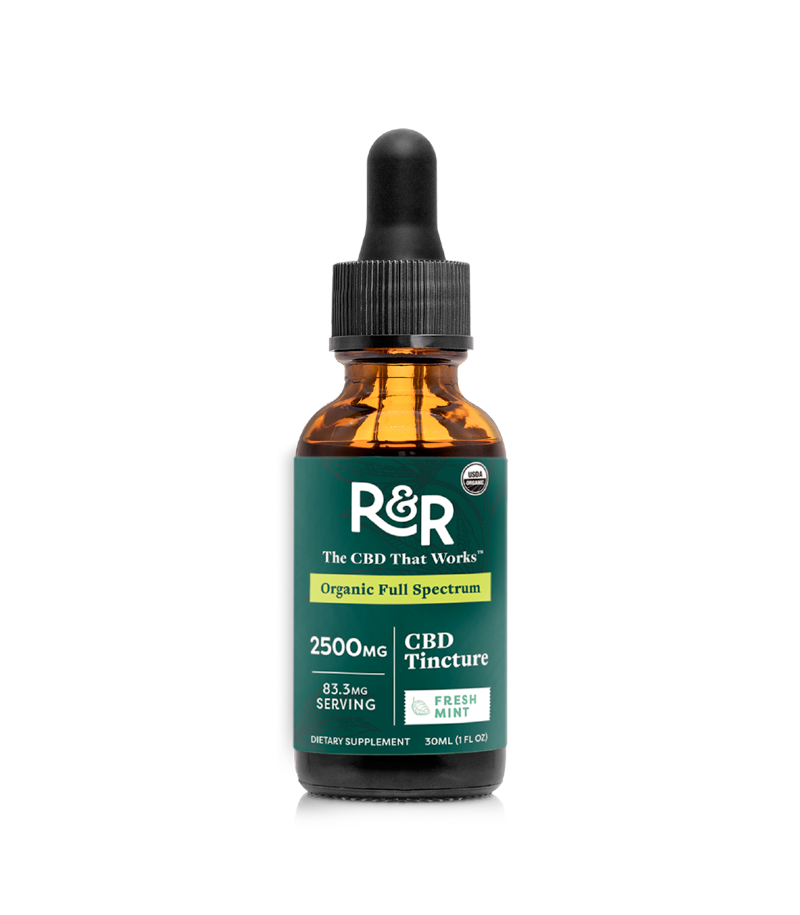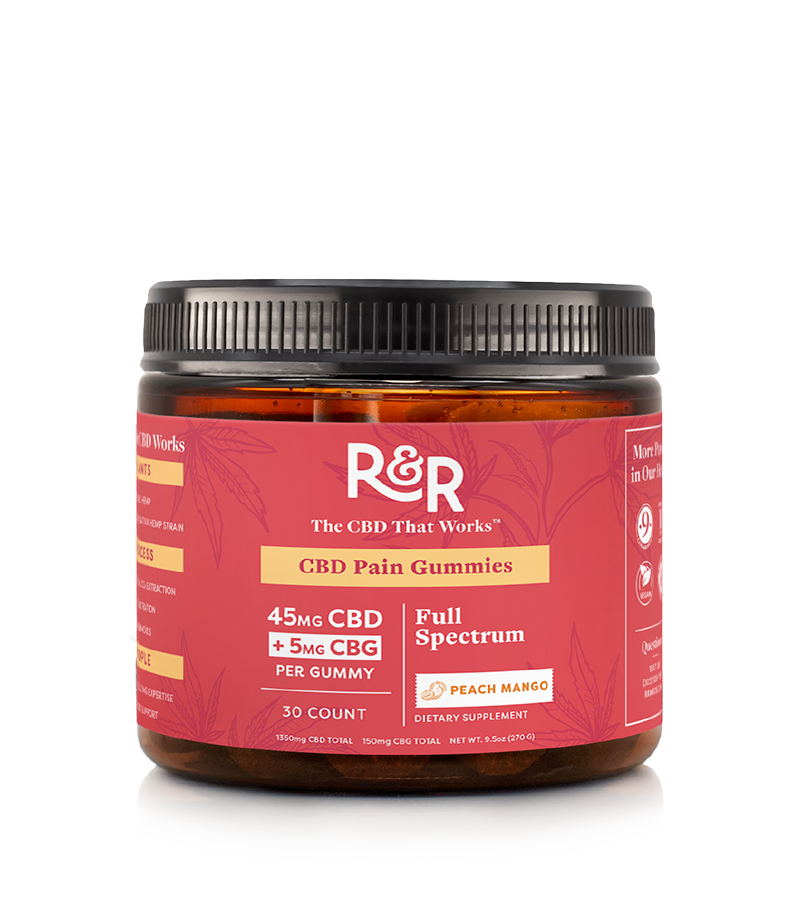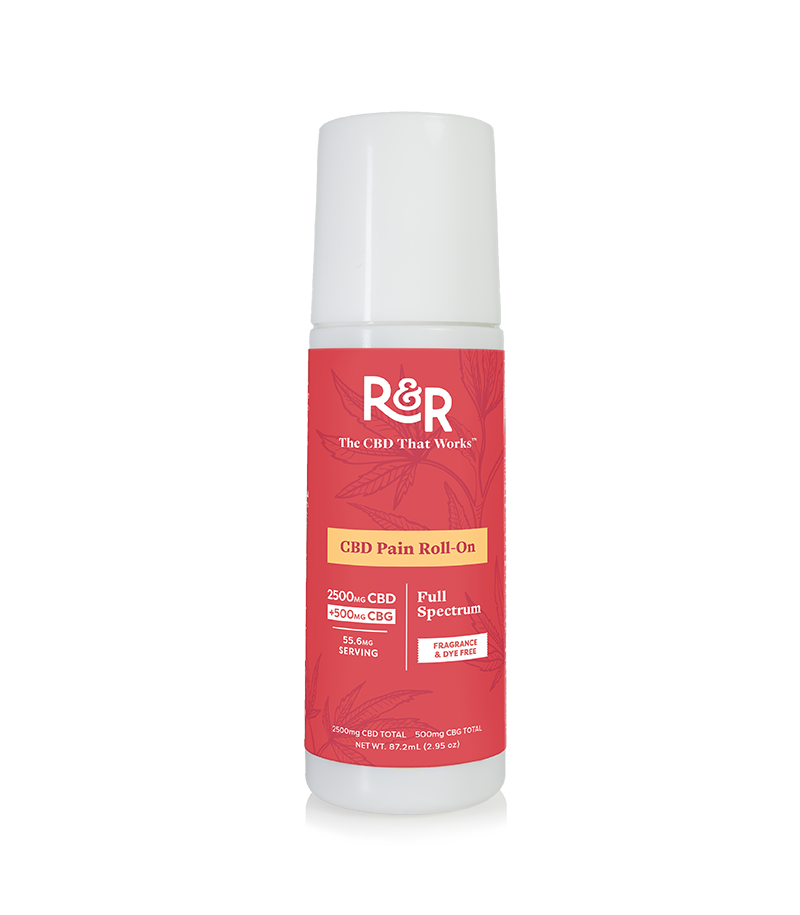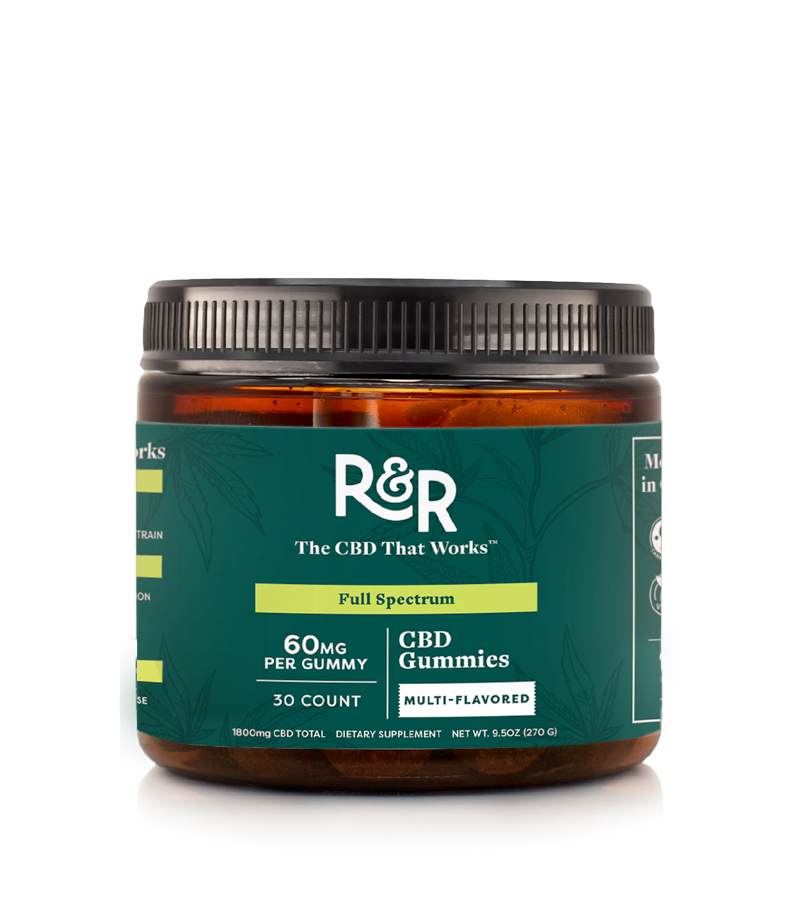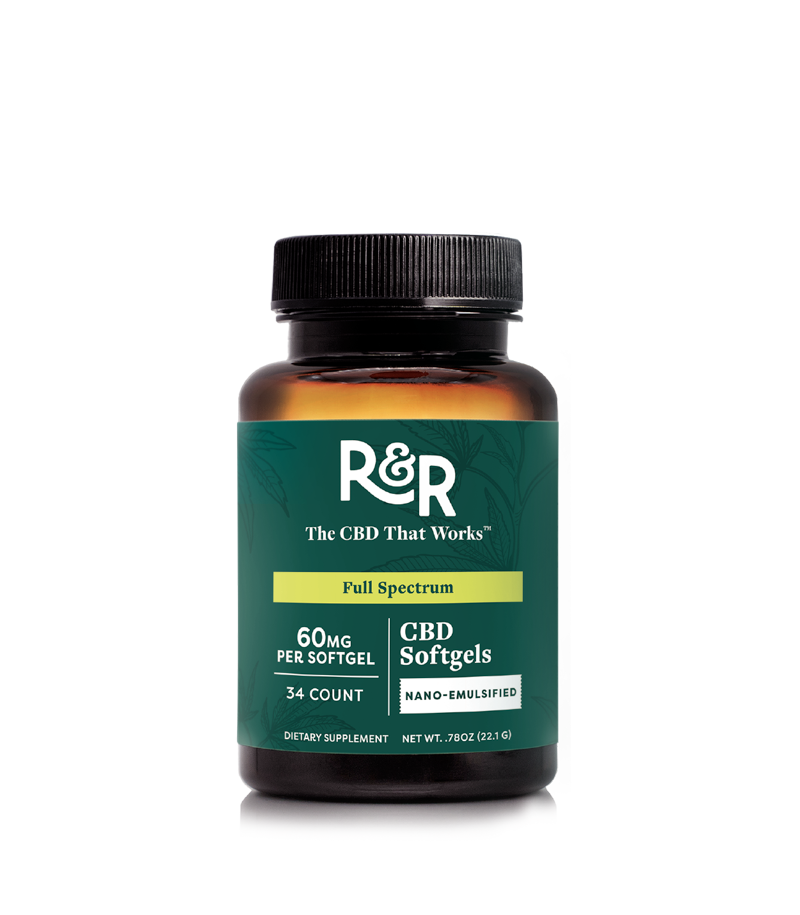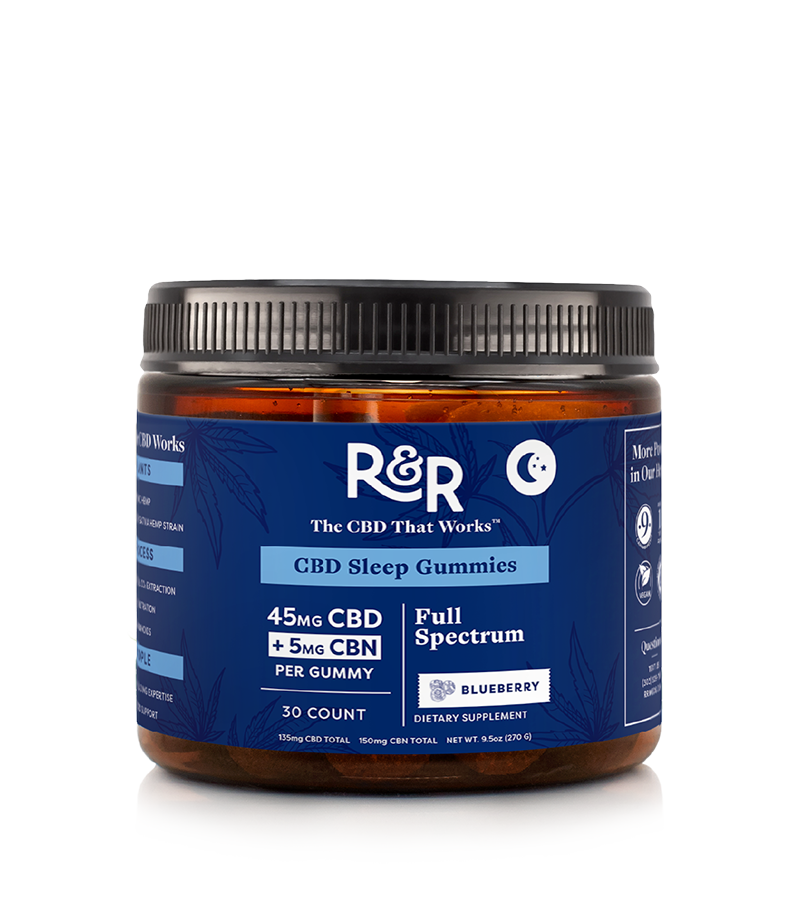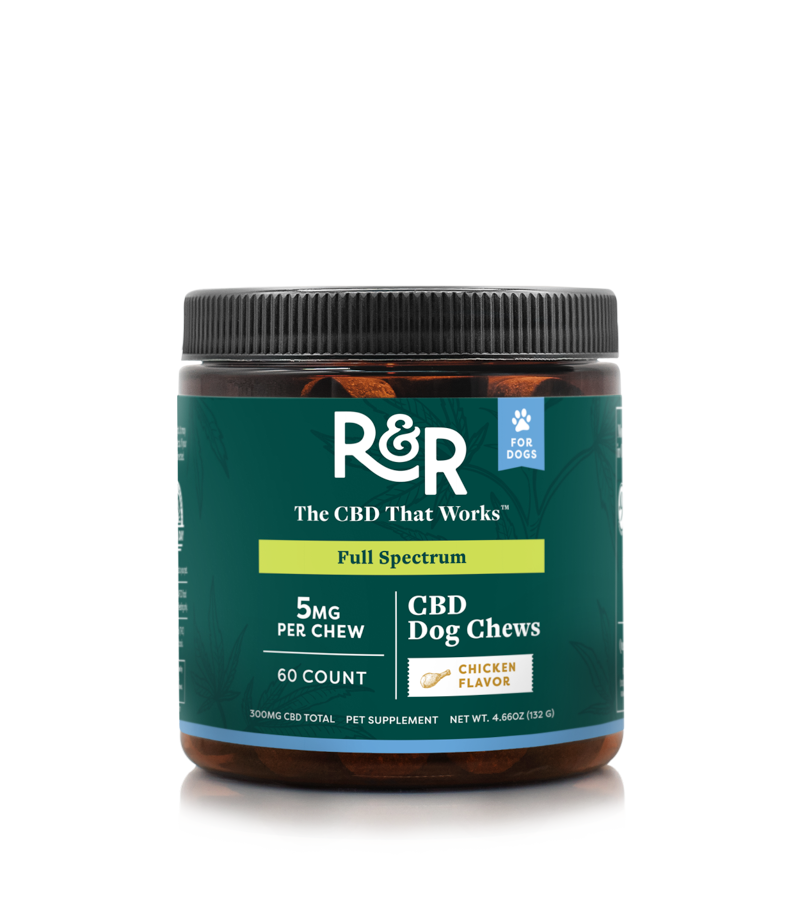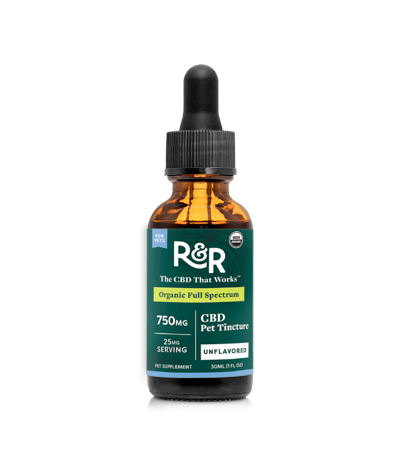If you're familiar with cannabis, you've likely heard the term "terpenes" thrown around a lot. But what exactly are these compounds, and why do they matter when it comes to your cannabis experience?
If you want to take your cannabis experience to the next level, it’s vital to learn more about these aromatic compounds and how they contribute to the unique flavors, aromas, and effects of your favorite cannabis products.
Key Takeaways
-
Terpenes are aromatic compounds that contribute to plants’ flavor, aroma, and therapeutic properties.
-
They interact with the endocannabinoid system (ECS) and can enhance the effects of cannabinoids through the "entourage effect."
-
The effects of terpenes are influenced by consumption methods, bioavailability, and individual factors like genetics and tolerance.
What Are Terpenes?
Terpenes are aromatic compounds found in various plants, including cannabis. They're responsible for the distinct flavors and aromas that characterize different cannabis strains.
But terpenes aren't just about taste and smell. They also play a crucial role in the plant's defense mechanisms, helping to ward off pests and attract pollinators. In fact, many of the terpenes found in cannabis are also present in other plants, such as lavender, pine trees, and citrus fruits.
Examples of Common Terpenes in Cannabis
Cannabis contains over 100 terpenes, each with its own unique profile and potential effects. Here are some of the common terpenes found in cannabis:
-
Myrcene: This is the most abundant terpene in cannabis. It’s known for its musky, earthy aroma. It's also found in mangoes, hops, and thyme. Myrcene has sedative effects and may contribute to the "couch-lock" phenomenon of some strains.
-
Limonene: This is another common terpene characterized by a citrusy, lemon-like scent. It's found in the rinds of citrus fruits like lemons and oranges. Limonene is known for its uplifting and mood-enhancing effects.
-
Pinene: This terpene has a distinctive pine aroma and is found in pine needles, rosemary, and basil. It's known for its anti-inflammatory and bronchodilator effects, meaning it may help to open up airways in the lungs.
-
Linalool is a floral-scented terpene also found in lavender. It has relaxing and stress-relieving properties, making it a popular choice for unwinding.
-
Caryophyllene is a spicy, peppery terpene also found in black pepper and cinnamon. It's known for its anti-inflammatory and analgesic (pain-relieving) effects. Interestingly, it’s the only terpene that can directly activate cannabinoid receptors in the body.
How Do Terpenes Affect the Body?
Terpenes, like cannabinoids, interact with the endocannabinoid system (ECS), a network of receptors and neurotransmitters that regulate various body functions, such as mood, appetite, pain sensation, and immune response.
When you consume terpene-infused cannabis products, these aromatic compounds bind to ECS receptors and influence how cannabinoids like CBD and THC affect your body. These compounds also interact with serotonin and dopamine receptors, potentially helping to reduce stress and improve overall well-being.
The Entourage Effect
One of the most fascinating aspects of terpenes is their ability to synergize with cannabinoids, a phenomenon known as the entourage effect. This idea is that the therapeutic benefits of cannabis are enhanced when all of its compounds, including terpenes and cannabinoids, are consumed together rather than in isolation.
For example, myrcene has been shown to enhance the absorption of cannabinoids like THC, potentially intensifying its psychoactive effects. Similarly, caryophyllene is shown to interact with the ECS in a way that may enhance the pain-relieving properties of CBD.
Potential Therapeutic Benefits
Numerous studies have investigated terpenes' potential therapeutic benefits. Many terpenes have anti-inflammatory properties, which may help reduce pain and swelling. Some, like myrcene and caryophyllene, are promising analgesics and could help alleviate chronic pain conditions like arthritis and fibromyalgia.
Others, like pinene and linalool, exhibit neuroprotective qualities, which may help protect brain cells from damage caused by oxidative stress and inflammation. This has led to interest in their potential as treatments for neurodegenerative disorders.
Do Terpenes Survive the Edible-Making Process?
Now that you understand what terpenes are and how they affect the body, let’s examine their chemical stability when used to make edibles. Terpenes are generally volatile and are easily affected by extreme temperatures.
Considering that edibles are often made under high temperatures, what happens to terpenes? Well, many terpenes are heat-stable compared to cannabinoids like THC and CBD, meaning they can withstand higher temperatures without breaking down.
However, high temperatures and lengthy heating can affect the final terpene content of an edible. Baking cannabis at temperatures of around 320°F (160°C) for 7 minutes can preserve most of its terpene content, but higher temperatures and longer baking times can lead to significant losses.
Be that as it may, terpenes like myrcene and limonene are more susceptible to heat degradation than caryophyllene or humulene.
So, to maximize terpene retention in homemade edibles, use lower temperatures and shorter cooking times. Alternatively, you can incorporate cannabis oils or concentrates later in the recipe to avoid excessive heat exposure.
Some commercial edible producers also use specialized techniques, like nano-emulsification or encapsulation, to protect terpenes from degradation during processing and storage.
Ultimately, while the edible-making process can impact terpene content, many of these flavorful and aromatic compounds do survive in the final product, contributing to the unique taste, smell, and effects of cannabis edibles.
Do Terpenes in Edibles Really Matter?
After all this talk about terpenes and their potential benefits, you might be wondering: Do they really improve your edible experience?
The answer is a resounding yes! While the effects of terpenes in edibles may be subtle when inhaled, they still contribute to the product's overall flavor, aroma, and therapeutic potential.
When you consume an edible made with terpene-rich cannabis extracts, you're not only getting the benefits of THC or CBD but also the synergistic benefits of the entourage effect. This means that the terpenes help to enhance the absorption and efficacy of the cannabinoids.
Plus, terpenes just make edibles taste and smell better. Who wants to eat a bland, flavorless gummy or brownie when you could have one bursting with the natural flavors of lemon, pine, or lavender?
Of course, the level of terpenes in an edible will depend on factors like the strain of cannabis used, the extraction method, and the cooking process. But by choosing products made with full-spectrum or live resin extracts, you can ensure you get the most terpenes possible.
And if you're making your own edibles at home, you can experiment with different strains and techniques to find the perfect terpene profile for your liking and therapeutic needs.
Can You Feel the Effects of Terpenes in Edibles?

When you consume terpenes via edibles, their bioavailability (the amount reaching your bloodstream) is generally low. This means the edible should contain higher doses of terpenes so you can experience noticeable effects.
However, certain terpenes, particularly the heavier, more complex ones, can survive digestion and enter your bloodstream. While they may not produce the same immediate, intense effects as inhaled terpenes, they could still contribute to the edible's overall experience and therapeutic potential.
Sublingual Absorption vs. Digestion
How you consume an edible impacts terpene absorption. If you hold the edible under your tongue (sublingually) before swallowing, some of the terpenes may be absorbed directly into your bloodstream through the mucous membranes in your mouth. This can lead to faster and more potent effects.
The sublingual method is preferred for taking oils and tinctures. So, if you’re looking to bring balance to your body and mind so you can live without pain, stress, or sleeplessness, try our Multifunctional CBD Tinctures.*
These versatile Tinctures easily fit into any lifestyle and give you all the multifunctional benefits of full-spectrum CBD when taken consistently, especially daily.*
However, when you eat an edible, the terpenes go through the digestive system before entering the bloodstream. The stomach acid and digestive enzymes break down some terpenes, reducing their bioavailability.
Those that make it through interact with your ECS and other receptors, thus influencing your mood, pain perception, and overall experience.
Although edibles may take longer to kick in, they provide longer-lasting effects. That’s why you can’t go wrong with our Multifunctional CBD Gummies.
These delicious edibles are infused with full-spectrum CBD to ensure the highest quality, best-tasting, and most potent experience. Our Gummies are designed to deliver multifunctional benefits to improve and get you back to enjoying life.*
Individual Variations in Terpene Sensitivity
It's important to remember that everyone's body is unique, and your response to terpenes may vary based on several factors:
-
Genetic factors: Your genetic makeup can influence how your body processes and responds to terpenes. Certain genetic variations in the cytochrome P450 enzymes, which help metabolize terpenes in the liver, can make you more or less sensitive to their effects.
-
Tolerance levels: If you consume cannabis edibles regularly, you may develop a tolerance over time. This means you may need higher doses to achieve the same effects as someone with a lower tolerance.
-
Dosage and concentration: The amount of terpenes in an edible, as well as the cannabinoid content, can impact how strongly you feel their effects. Higher doses and concentrations may produce more noticeable sensations, while lower amounts may create subtler, more nuanced experiences.
Ultimately, the best way to experience the effects of terpenes in edibles is to experiment with different products and dosages, starting low and slow to find what works best for your unique body and needs. Pay attention to the terpene profiles listed on the packaging, and keep a journal of your experiences.
Choosing Terpene-Rich Edibles
When shopping for edibles, look for products packed with terpenes to maximize your experience. Full-spectrum or broad-spectrum extracts are your best bet, as they contain a wider range of terpenes compared to isolates.
To ensure you get a terpene-rich product, check the lab reports and terpene profiles. These tests verify the presence and concentration of specific terpenes, so you know exactly what you're getting in each bite.
You can also look for edibles fortified with terpene-rich botanicals and herbs, such as lavender, lemon balm, or ginger. These enhance the edible's flavor and aroma while providing more therapeutic benefits.
Final Thoughts
As researchers continue to unveil the little-known things about the cannabis plant and its compounds, our understanding of the importance of terpenes will get better, leading to even more targeted and effective products in the future.
So, the next time you bite into a delicious cannabis-infused snack, take a moment to appreciate the unique terpene profile that's contributing to your overall experience.
R&R CBD offers a wide selection of terpene-rich edibles, ensuring you enjoy flavorful and effective products tailored to your needs. Whether you seek relaxation or a mood boost, our curated range can enhance your experience.
Explore R&R’s CBD products and take your edible experience to the next level.
Frequently Asked Questions
Should You Add Terpenes to Edibles?
Adding terpenes to edibles can enhance the flavor and aroma, as well as influence the effects of cannabis. In some cases, terpenes modify the effects of cannabinoids and impact the overall experience.
Do Terpenes Make You Less High?
Terpenes are not known to induce a high, but they can alter the experience of being high by interacting with THC and CBD.
Do Terpenes Actually Matter?
Terpenes matter, especially regarding flavor, aroma, and the effects of cannabis products. They have therapeutic properties and can influence the entourage effect.
What Are Terpene-Infused Edibles?
Terpene-infused edibles are cannabis-based food products enhanced with terpenes to influence flavor, aroma, and possibly the effects. These terpenes can be natural or synthetic and aim to create a more tailored experience for the consumer.
Sources Used
- Beta-Caryophyllene and Pain Management
- Therapeutic Effects of Caryophyllene
- Anti-Inflammatory Properties of Beta-Caryophyllene
- Beta-Caryophyllene and Neuroprotection
- Caryophyllene as a Cannabinoid Receptor Agonist
- Pharmacological Insights on Caryophyllene
- Beta-Caryophyllene and Gut Health
- Role of Beta-Caryophyllene in Anxiety and Depression
- Caryophyllene and Oxidative Stress
- Beta-Caryophyllene in Cancer Therapy

















